Exploring Acoustic Building Materials at the 138th Canton Fair 2025 Impact on Sustainable Construction Industry
The 138th Canton Fair in 2025 presents a significant opportunity for industry experts and stakeholders to delve into the advancements in Acoustic Building Materials, which play a crucial role in promoting sustainable construction practices. According to a report by Grand View Research, the global market for acoustic materials is expected to reach USD 19.75 billion by 2026, with a compound annual growth rate (CAGR) of 9.2% from 2019 to 2026. This surge is driven by increasing awareness of noise pollution and its adverse effects on health and well-being, alongside a growing emphasis on energy-efficient building practices. The integration of advanced acoustic solutions not only enhances the comfort and functionality of spaces but also aligns with sustainable design principles, making them a focal point at the fair. As industries pivot towards environmentally friendly construction methods, the exploration of innovative Acoustic Building Materials during the Canton Fair will undoubtedly influence the trajectory of sustainable architecture and urban development.
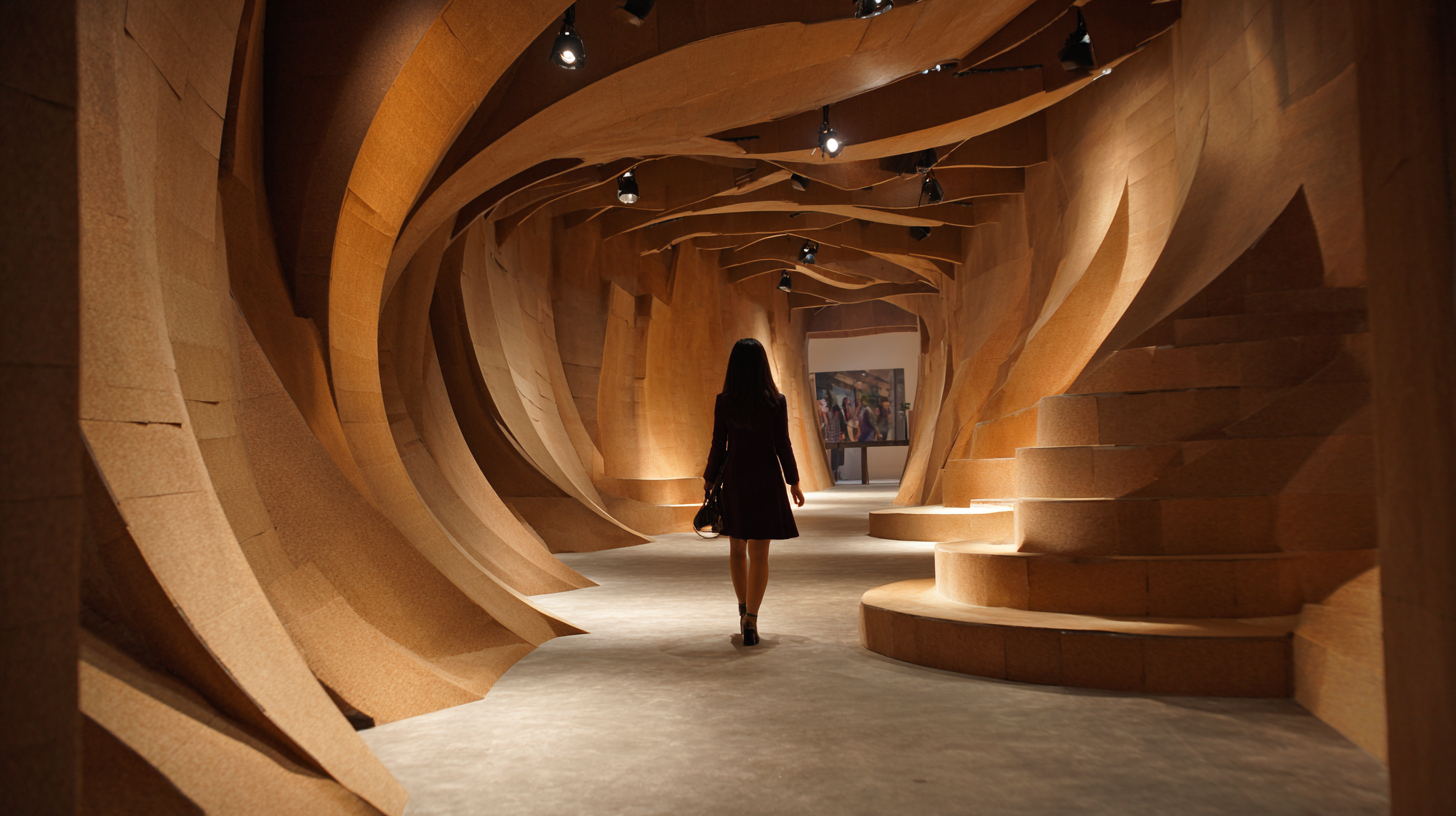
Significance of Acoustic Building Materials in Sustainable Construction
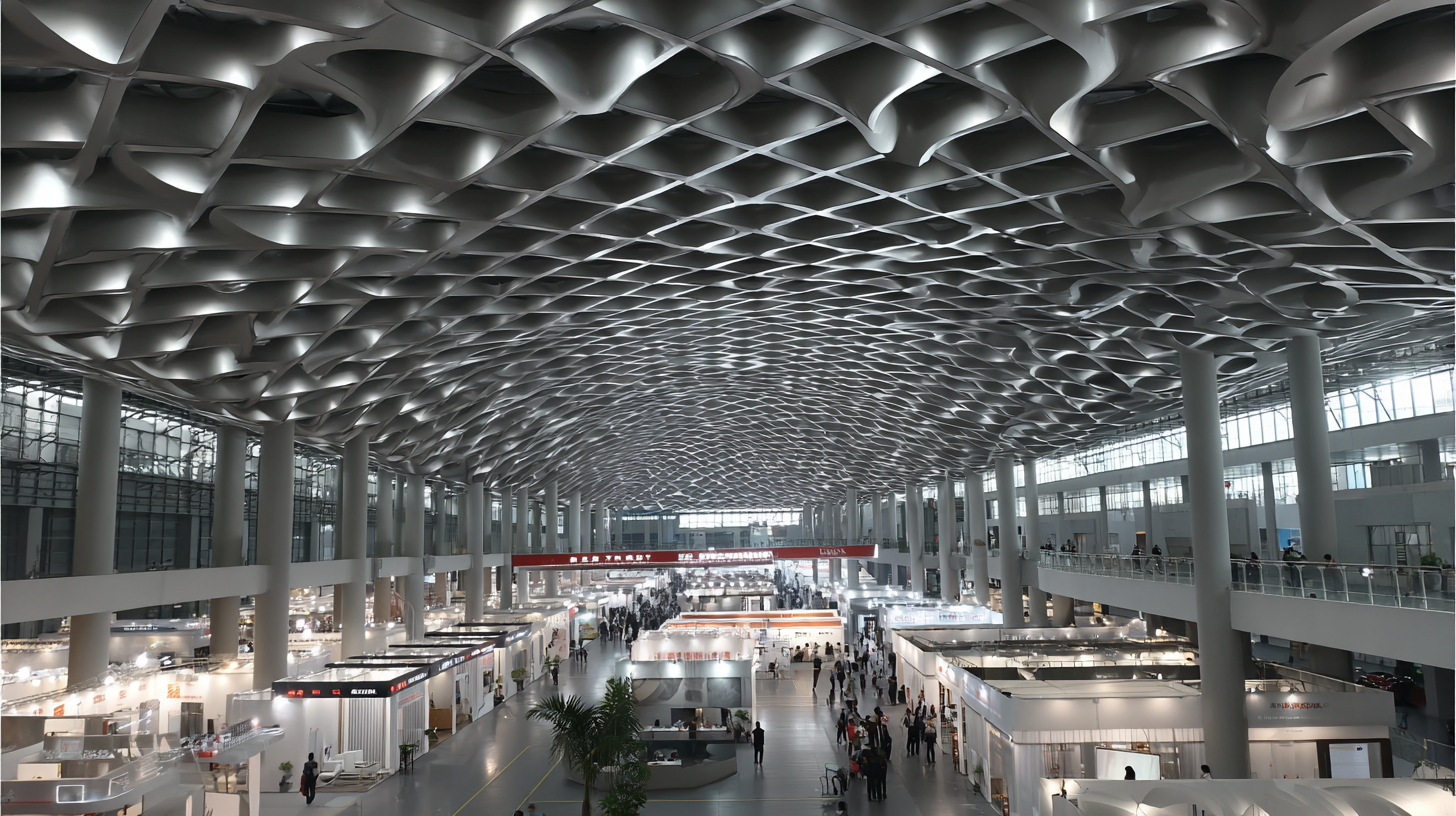 Acoustic building materials play a crucial role in the sustainable construction industry. These materials not only contribute to sound insulation but also enhance energy efficiency, making them essential for modern architectural designs. As buildings become more integrated with nature, the demand for materials that minimize noise pollution while improving the overall acoustic environment grows. This is particularly significant in urban areas, where noise can adversely affect the quality of life.
Acoustic building materials play a crucial role in the sustainable construction industry. These materials not only contribute to sound insulation but also enhance energy efficiency, making them essential for modern architectural designs. As buildings become more integrated with nature, the demand for materials that minimize noise pollution while improving the overall acoustic environment grows. This is particularly significant in urban areas, where noise can adversely affect the quality of life.
When exploring sustainable construction practices, it's important to consider a few tips regarding acoustic materials. First, look for products certified as eco-friendly. Materials made from recycled or sustainably sourced components not only reduce environmental impact but also contribute to better indoor air quality. Second, consider the installation process; using prefabricated acoustic solutions can minimize waste and construction time. Lastly, aim for a holistic approach by integrating these materials with other sustainable practices, such as energy-efficient windows and passive design strategies, to create an environment that is both peaceful and energy-efficient.
Innovative Products Showcased at the 138th Canton Fair
The 138th Canton Fair, set to spotlight innovative acoustic building materials, is a pivotal event for the sustainable construction industry. With sustainable practices becoming increasingly critical, the fair will feature products designed to enhance both energy efficiency and acoustic performance. According to a report by Allied Market Research, the global eco-friendly building materials market is projected to grow from $150 billion in 2021 to over $300 billion by 2027, reflecting a significant shift towards sustainable solutions in the construction sector.
At the fair, manufacturers will unveil cutting-edge materials such as recycled insulation panels and sound-absorbing wall systems that not only reduce noise pollution but also minimize environmental impact. A study by the World Green Building Council revealed that optimizing acoustic comfort in buildings can improve productivity by up to 30%. With innovations in acoustic materials, the construction industry can achieve both sound quality and sustainability, paving the way for greener buildings and healthier living environments.
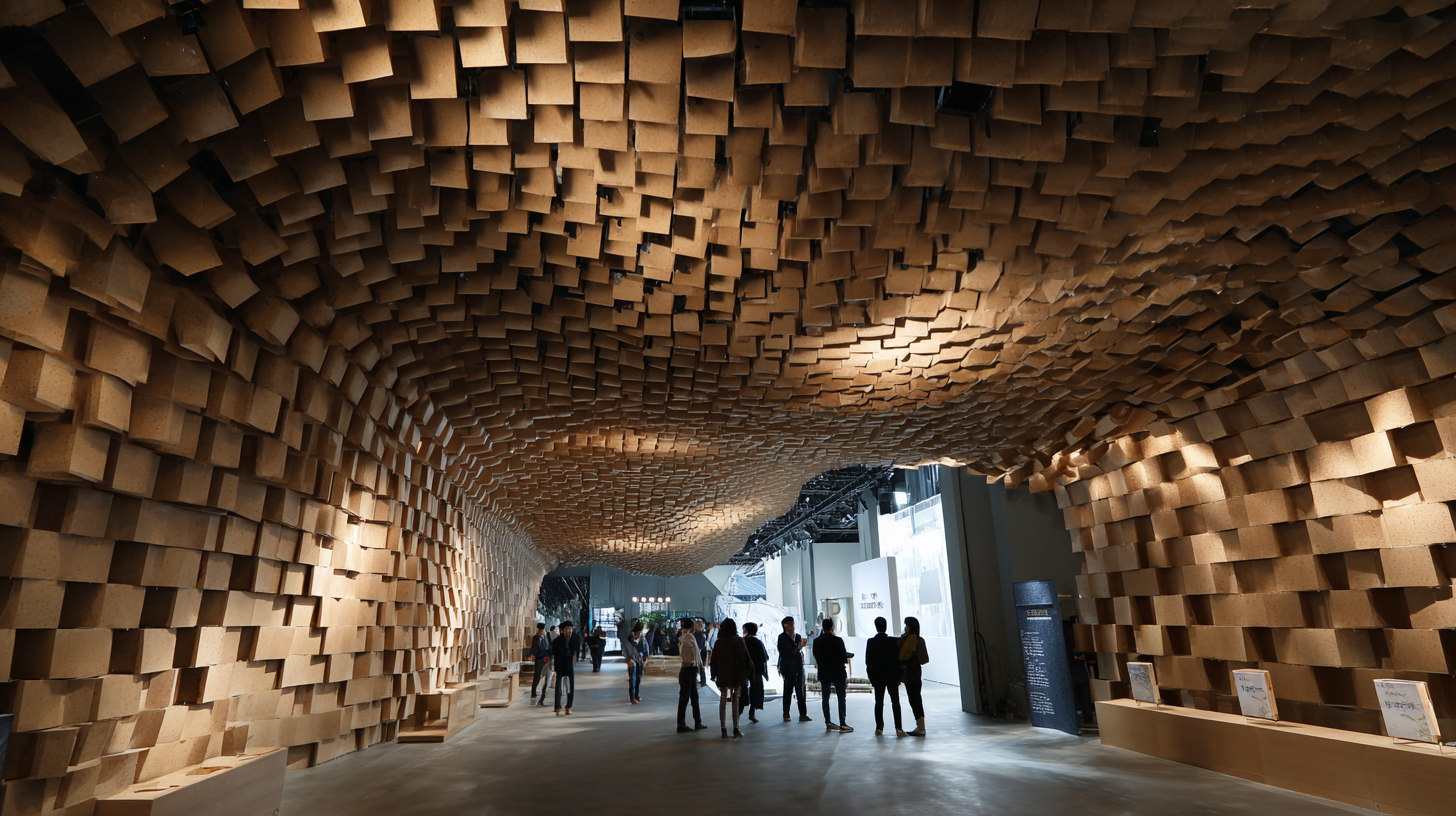
Impact of Acoustic Solutions on Energy Efficiency in Buildings
At the 138th Canton Fair 2025, the exploration of acoustic building materials showcases their growing significance in promoting energy efficiency within the sustainable construction industry. The integration of advanced acoustic solutions not only enhances the sound environment within buildings but also contributes to reducing energy consumption. By employing materials designed for superior sound insulation, buildings can maintain a consistent internal climate with reduced reliance on artificial heating and cooling systems. This correlation between acoustics and energy efficiency underscores the importance of considering sound dynamics in architectural design.
Moreover, the implications of incorporating acoustic solutions extend beyond mere energy savings. They play a critical role in enhancing occupant comfort and productivity, which are essential elements in sustainable development. Improved acoustics can lead to a healthier indoor environment, minimizing distractions and fostering better concentration, ultimately leading to increased efficiency in workplaces and residential spaces alike. As stakeholders in the construction sector recognize these benefits, the demand for acoustic materials is expected to rise, driving innovation and investment in sustainable practices that align with environmental goals.
Impact of Acoustic Solutions on Energy Efficiency in Buildings
This chart illustrates the positive impact of using acoustic building materials on the energy efficiency of buildings, measured by the reduction in energy consumption across different sectors. The data showcases how implementing acoustic solutions can lead to significant energy savings, thereby promoting sustainable construction practices.
Market Trends and Future Prospects for Acoustic Materials in China
As the demand for sustainable construction continues to rise, the market for acoustic building materials in China is experiencing significant growth. According to a recent report by Mordor Intelligence, the acoustic materials market in Asia-Pacific is projected to reach USD 5.2 billion by 2026, driven by increasing urbanization and a growing awareness of the importance of sound control in buildings. The 138th Canton Fair 2025 will be a pivotal platform for stakeholders in the industry, showcasing innovative solutions that enhance both sustainability and acoustics in construction.
In addition to the market growth, there are emerging trends that highlight the future prospects for acoustic materials. Experts suggest that bio-based acoustic insulation and sound-absorbing panels made from recycled materials are gaining popularity, as they offer both environmental benefits and effective noise reduction. Research from the International Journal of Environmental Science & Technology indicates that incorporating acoustically efficient materials can also lead to improved occupant health and productivity in workplaces.
Tips: When selecting acoustic materials for your next project, consider materials that boast both acoustic performance and sustainable credentials. Look for certifications such as LEED or BREEAM, as they can indicate a product’s compliance with environmental and performance standards. Additionally, attending trade shows like the Canton Fair can provide valuable insight into the latest innovations and help you stay ahead of market trends.
Networking Opportunities for Industry Stakeholders at the Canton Fair
The 138th Canton Fair presents an unparalleled networking opportunity for stakeholders in the sustainable construction sector, particularly those focused on innovative acoustic building materials. As the industry shifts towards eco-friendly solutions, professionals attending the fair will find a platform to connect with suppliers, manufacturers, and thought leaders who share a commitment to sustainability and technological advancement.
Tips for effective networking at the Canton Fair include preparing a targeted list of industry contacts you wish to meet and crafting your elevator pitch to convey your goals succinctly. Additionally, participate in workshops or panel discussions to engage with experts and enhance your knowledge about the latest trends in sustainable construction.
The fair will highlight significant developments in acoustic materials that not only improve sound insulation but also align with green building standards. Stakeholders can leverage these advancements by forming strategic partnerships to enhance product offerings and push sustainable initiatives in their communities. Engaging in dialogue about these innovations can lead to collaborative projects that benefit the wider industry.
Exploring Acoustic Building Materials at the 138th Canton Fair 2025 Impact on Sustainable Construction Industry
| Material Type | Acoustic Performance (NRC) | Sustainability Rating | Cost ($/sq ft) | Application Areas |
|---|---|---|---|---|
| Recycled Wood Panels | 0.85 | A | 4.50 | Offices, Homes |
| Acoustic Ceiling Tiles | 0.90 | B+ | 5.25 | Schools, Theaters |
| Foam Panels | 0.75 | B | 3.00 | Recording Studios, Home Theaters |
| Recycled Insulation Materials | 0.80 | A- | 2.75 | Walls, Attics |
| Cork Flooring | 0.70 | B | 6.00 | Commercial, Residential |
Related Posts
-
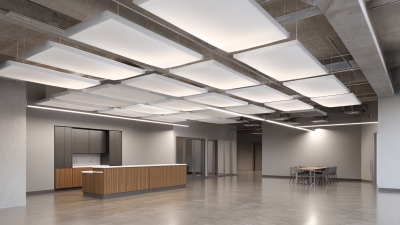
7 Proven Benefits of Sound Proof Acoustic Solutions for Enhanced Indoor Environments
-

How to Choose the Best Sound Proof Acoustic Solutions for Your Space
-

What are the Benefits of Using Acoustic Building Materials for Global Construction Projects
-
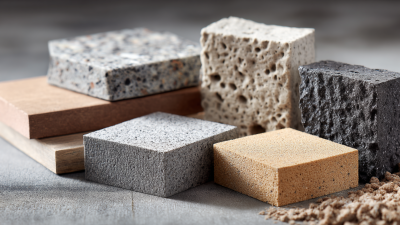
Global Leaders in Manufacturing: Discover the Best Acoustic Building Materials
-
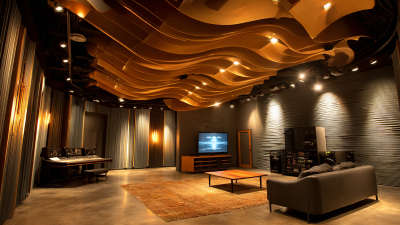
Ultimate Guide to Choosing Curved Acoustic Panels for Your Space
-

Exploring Alternatives to Fluted Acoustic Panels: A Comprehensive Analysis of Soundproofing Solutions
-

Phone
-

E-mail
-

wechat
wechat

-

whatsapp
whatsapp


